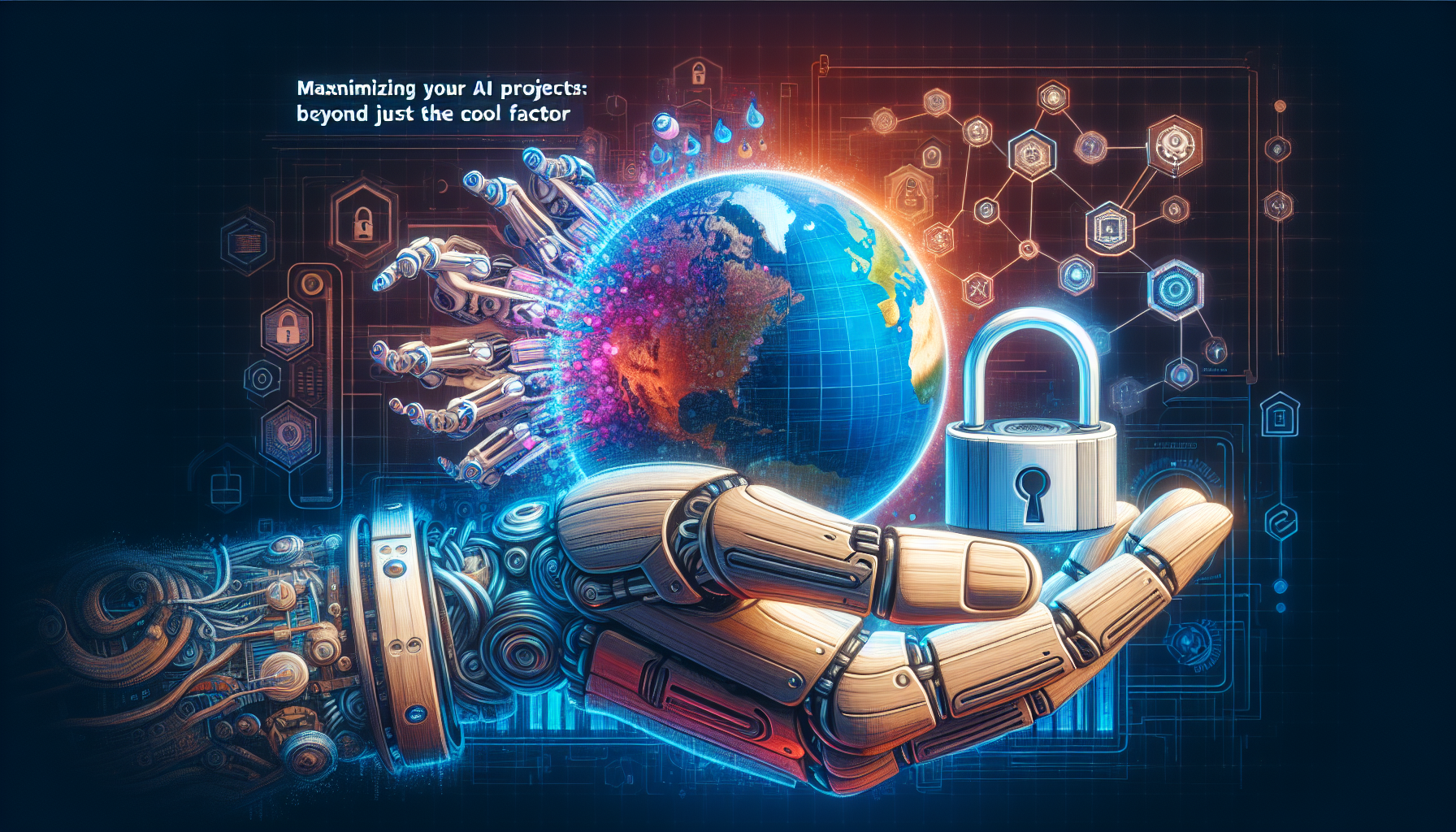Driving Engagement with Gamified Marketing: Discuss how gamification can drive customer engagement in marketing.
Marketing is constantly evolving, and businesses are always on the lookout for creative ways to engage with their customers. One approach that has gained significant popularity in recent years is gamified marketing. This strategy leverages the principles of gamification to capture the attention and interest of customers, ultimately driving engagement and boosting business results.
What is Gamified Marketing?
Gamified marketing is the use of game elements and mechanics in marketing campaigns to motivate and engage customers. It takes inspiration from the principles that make games enjoyable and addictive, such as competition, rewards, challenges, and achievements.
By incorporating these game elements into marketing initiatives, businesses aim to make the experience more interactive, fun, and memorable for their customers. Gamification allows brands to tap into the innate human desire for competition, status, and achievement, creating a positive emotional connection with their audience.
How Does Gamification Drive Customer Engagement?
Gamified marketing has the power to captivate and engage customers in a variety of ways.
1. Increased Attention and Participation:
Adding a game-like experience to marketing campaigns creates a sense of novelty and excitement that grabs the attention of customers. Whether it’s through interactive quizzes, challenges, or loyalty programs, gamification encourages customers to actively participate and interact with the brand.
2. Emotional Connection:
Games have the ability to evoke emotions such as joy, anticipation, and satisfaction. By infusing these emotional elements into marketing efforts, businesses can create a stronger connection and build positive associations with their brand. Engaged and emotionally connected customers are more likely to remember and share their positive experiences with others.
3. Motivation and Rewards:
One of the key aspects of gamification is the use of rewards and incentives. By offering badges, points, discounts, or exclusive access, businesses can motivate their customers to continually engage with their brand. This ongoing motivation helps to build customer loyalty and encourages repeat visits or purchases.
4. Social Sharing and Virality:
Gamified marketing can be highly shareable and have viral potential. When customers participate in a game or competition, they often share their accomplishments, high scores, or achievements on social media platforms. This user-generated content creates organic word-of-mouth marketing and amplifies the reach and visibility of the brand.
Examples of Gamified Marketing
Many successful brands have embraced gamification to drive customer engagement. Here are a few examples:
1. Nike+:
Nike+ is a gamified app that allows users to track their running performance. It offers challenges, goals, and rewards to motivate users to stay active and reach their fitness targets. This gamified approach has transformed running into a social and competitive experience.
2. Starbucks Rewards:
Starbucks offers a loyalty program that rewards customers with stars for each purchase. As customers accumulate stars, they unlock different levels and receive personalized offers and perks. This gamified system encourages customers to keep making purchases to reach higher levels and unlock exclusive benefits.
3. Duolingo:
Duolingo, a language learning platform, combines gamification with educational content. Users earn points, streaks, and virtual currency as they progress in their language learning. The addictive game-like experience keeps users engaged and motivated to continue language practice.
Conclusion
Gamified marketing is transforming the way businesses engage with their customers. By incorporating game elements into marketing campaigns, brands can capture attention, create emotional connections, and motivate customers to engage and interact with their products or services. It’s an innovative approach that fosters loyalty, drives conversions, and ultimately leads to a more memorable and enjoyable customer experience.
So, if you’re looking to boost your marketing efforts and drive customer engagement, consider adding a game to the mix. After all, who doesn’t love a little friendly competition and rewards along the way?











